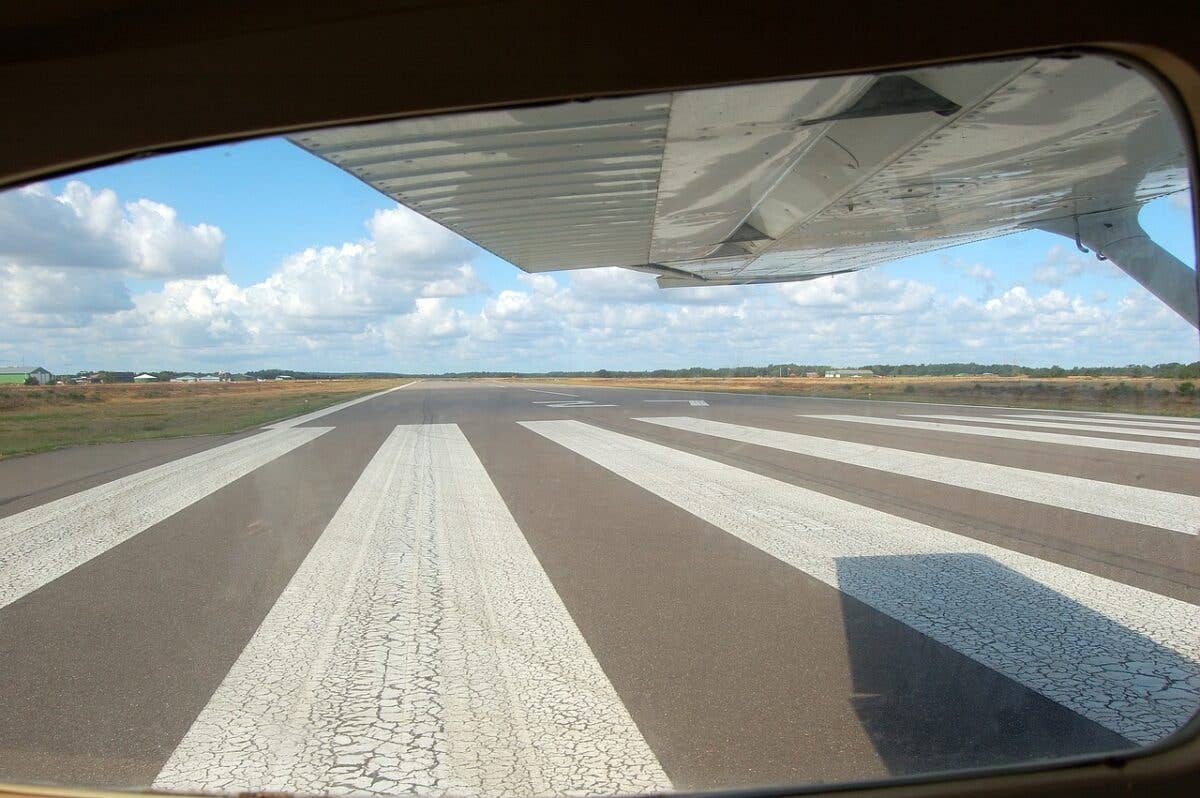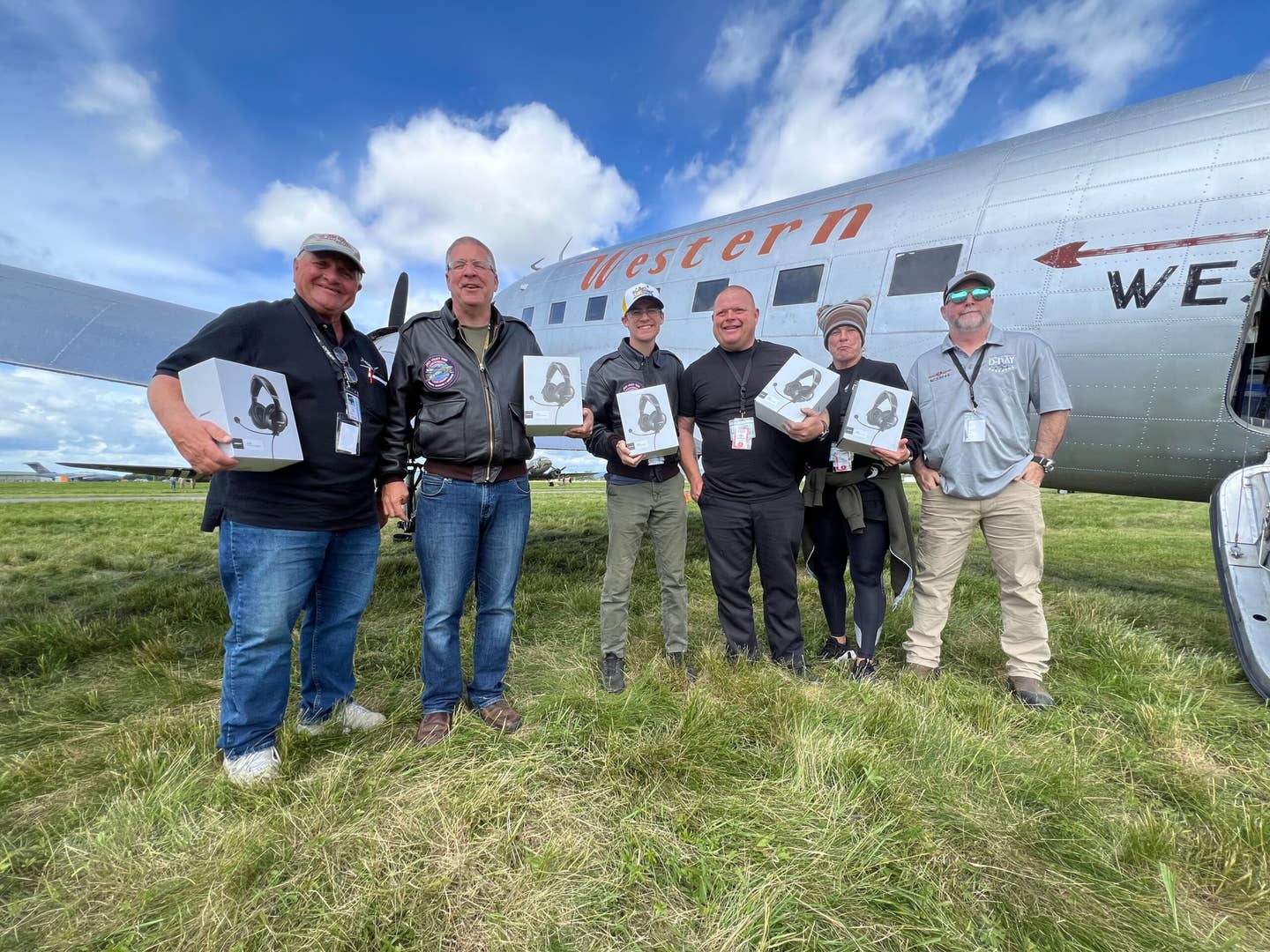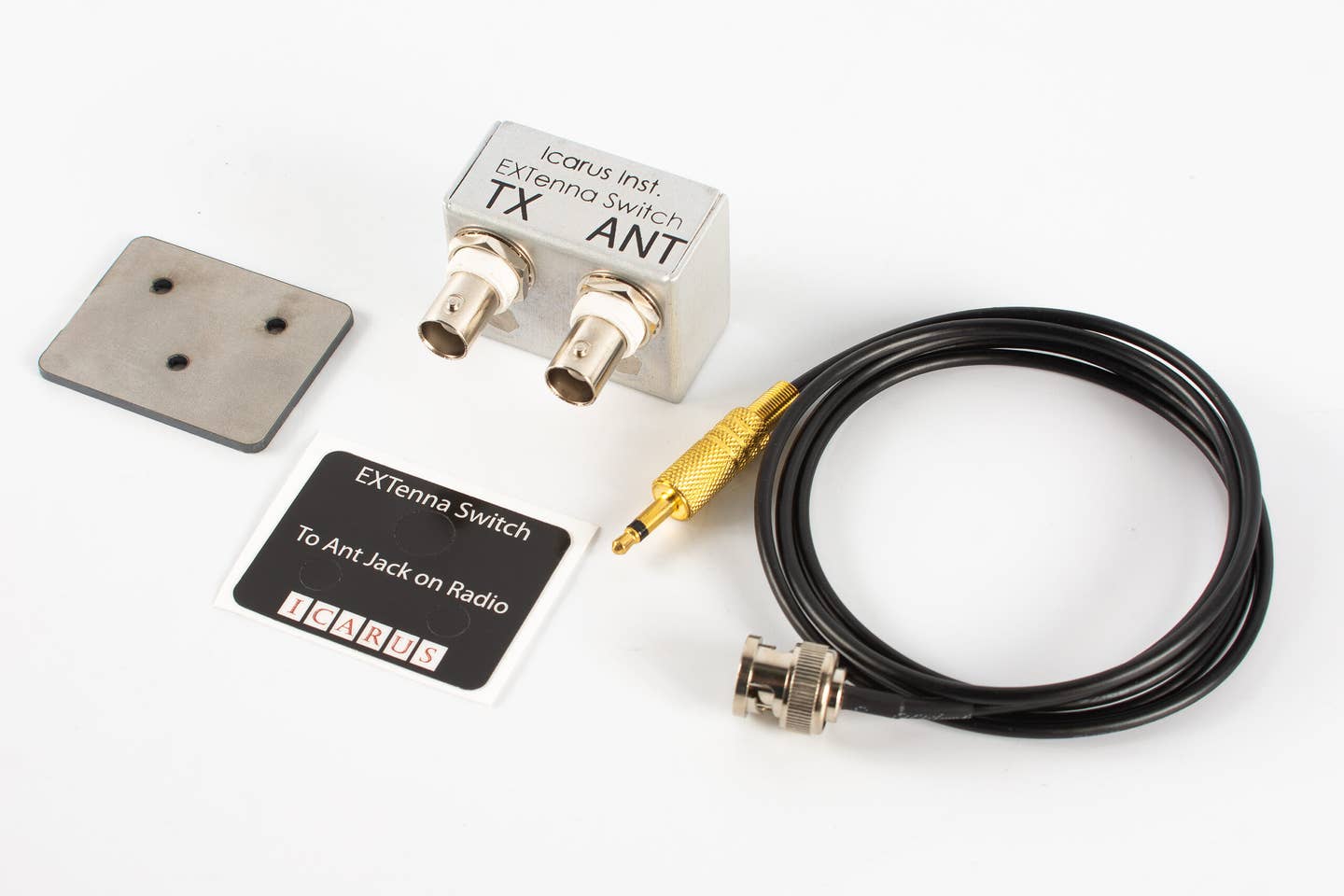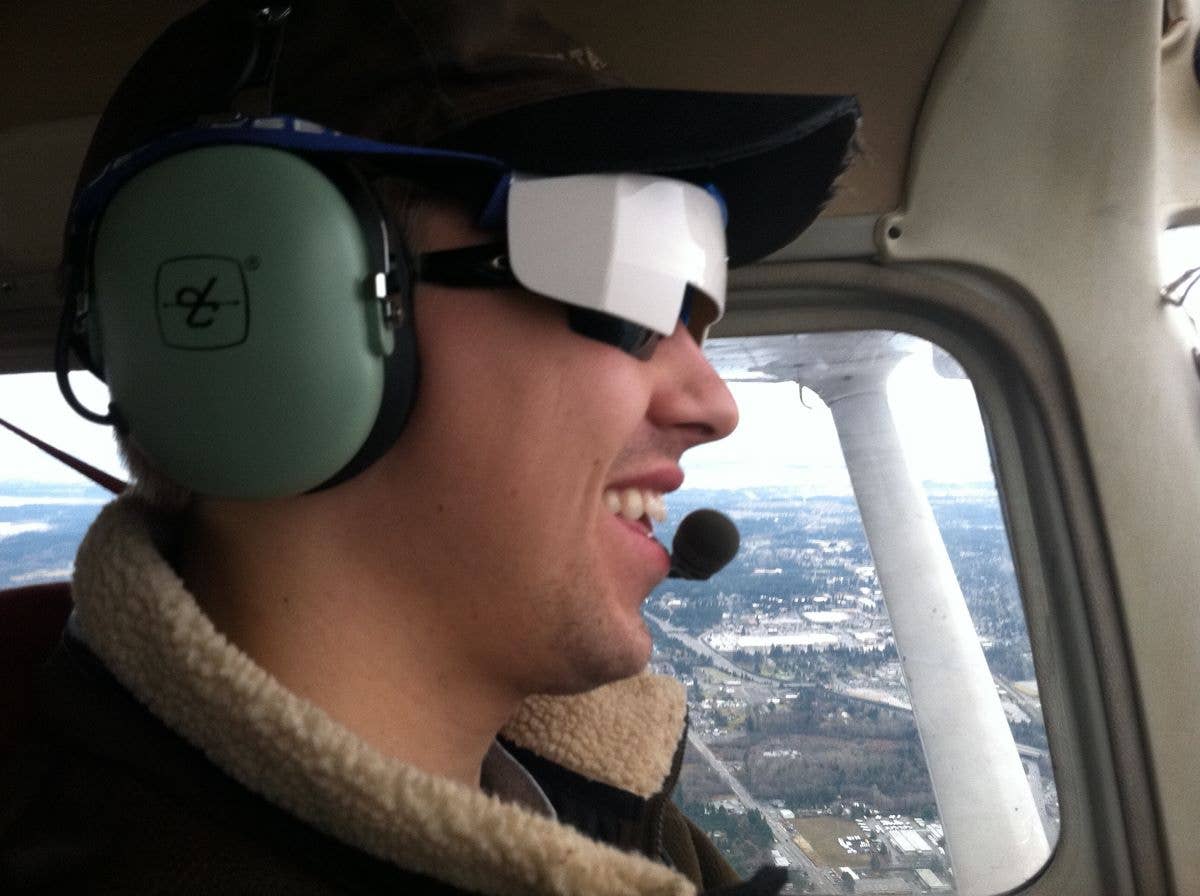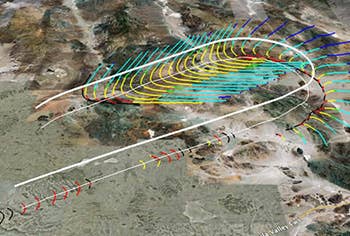
With new supersonic jets, such as the Aerion AS2, in the works and several business jets teetering on the edge of supersonic flight, NASA is looking for ways to potentially ease the restrictions against such flights over inhabited areas. The agency has awarded Rockwell Collins with a contract to develop a display that would predict sonic booms and allow pilots to visualize the areas affected by the phenomenon.
The two-year contract with Rockwell Collins Advanced Technology Center in Cedar Rapids, Iowa includes NASA's Armstrong Flight Research Center at the Edwards Air Force Base as the lead researcher.
In addition to developing the sonic boom display itself Rockwell Collins will work on a system to either divert the aircraft's flight path around populated areas or prevent the boom from happening in the first place. Several variables will be incorporated, such as the airplane's movement relative to the ground and the influence of weather on shock waves.
Get exclusive online content like this delivered straight to your inbox by signing up for our free enewsletter.

Subscribe to Our Newsletter
Get the latest FLYING stories delivered directly to your inbox

